Tardigrades 'glow blue' to protect from UV rays
- Published
- comments
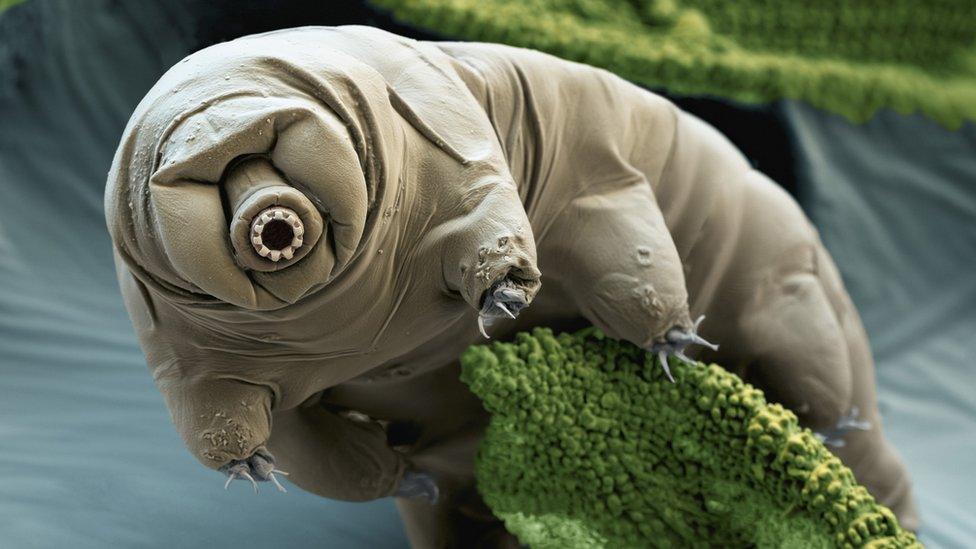
Coloured micro-image of a Tardigrade in moss
Researchers at the Indian Institute of Science realised that when super-strong mini beasts called tardigrades were exposed to very high levels of Ultraviolet (UV) light under a special lamp for 15 minutes (long enough to give you a bad sunburn) creatures from one species in particular had an interesting reaction - they produced a fluorescent blue glow.
Scientists believe that they were able to absorb the dangerous radiation in the light, and then release the energy as a blue glow, safely reflecting it away from themselves.
According to Dr Sandeep Eswarappa, who worked on the research, this protective fluorescent 'shield' suggests that tardigrades are able to survive in "the driest and sunniest places on Earth".
Scientists plan to experiment more and believe the tardigrade's self-protective, glowing shield could one day even be extracted and help unlock a new level of sunscreen protection for humans.
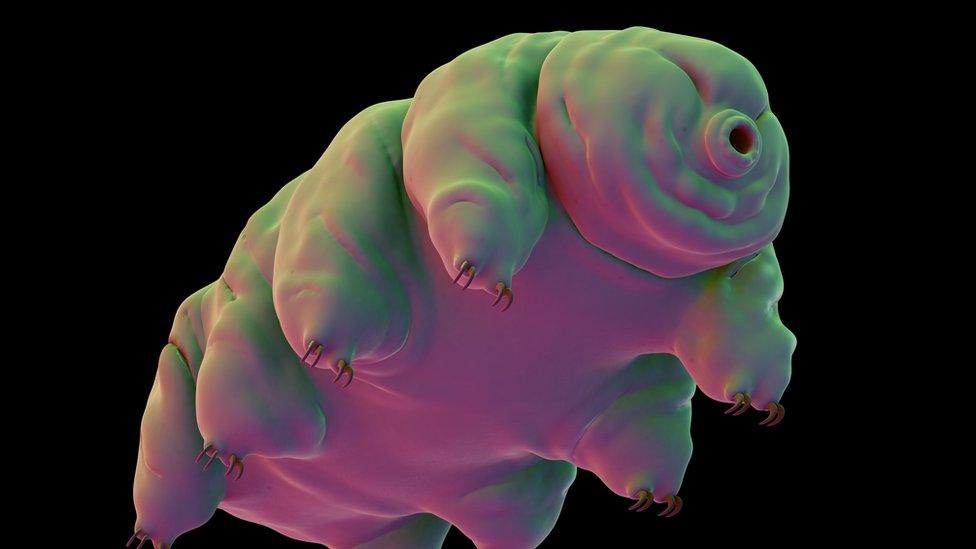
Computer illustration of a 'water bear'
What are tardigrades?
Tardigrades, also known as 'water bears' or 'moss piglets', are microscopic, transparent creatures that live in water, and are almost impossible to see without a microscope.
Scientists already understood that they can survive some of the harshest conditions on Earth including freezing temperatures, extreme dehydration and radiation.
They are also known to curl up and hibernate for decades, all while keeping their bodies alive.
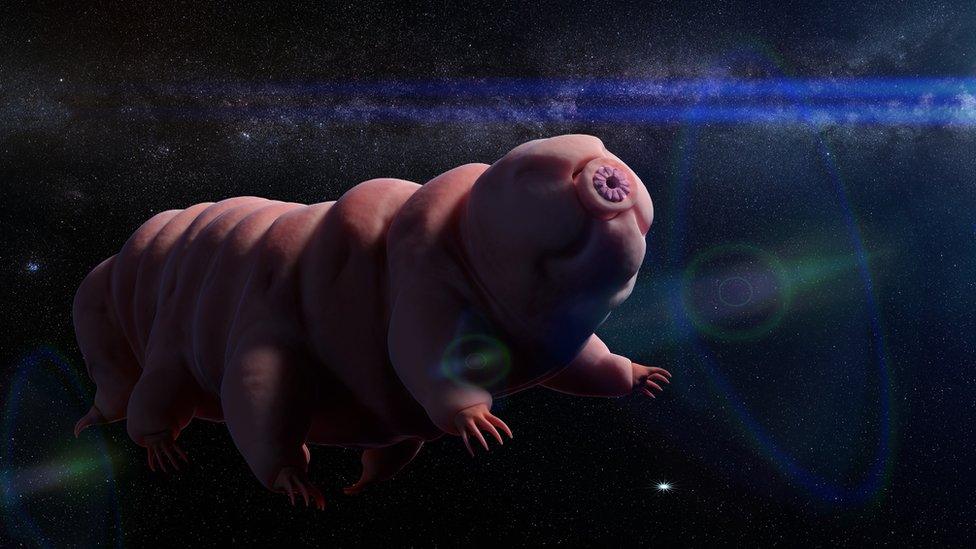
Tardigrades can even survive in the vacuum of space! (CGI image)
- Published16 June 2020
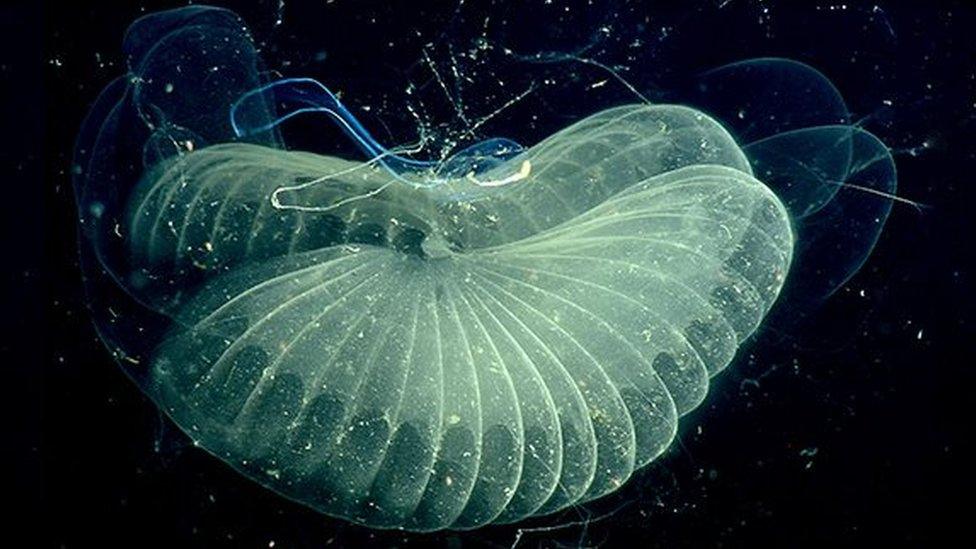
- Published31 July 2017
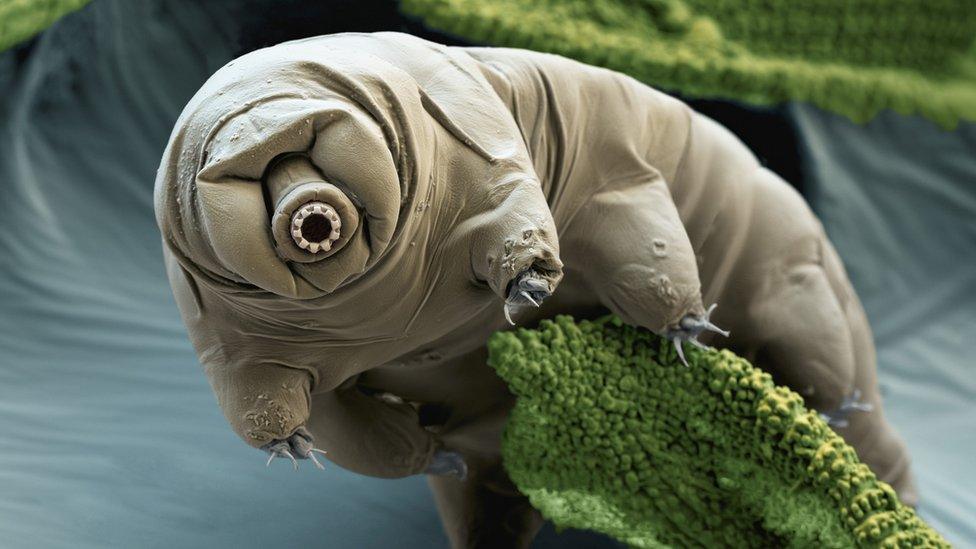
- Published10 April 2019

